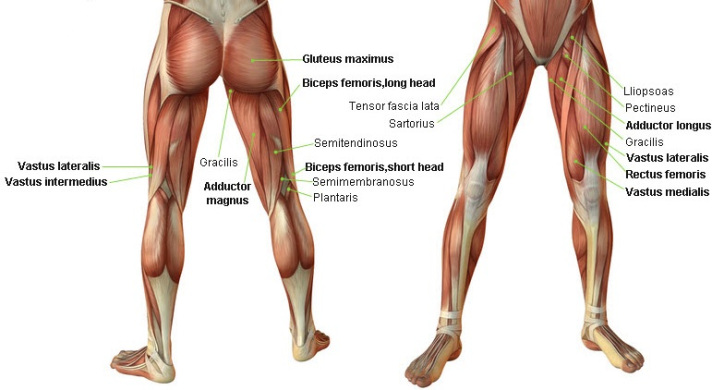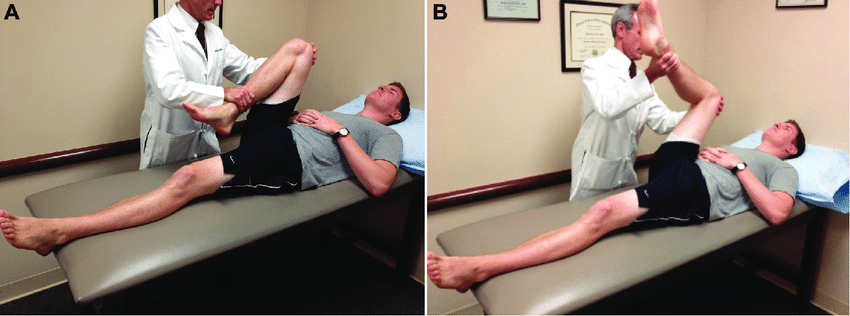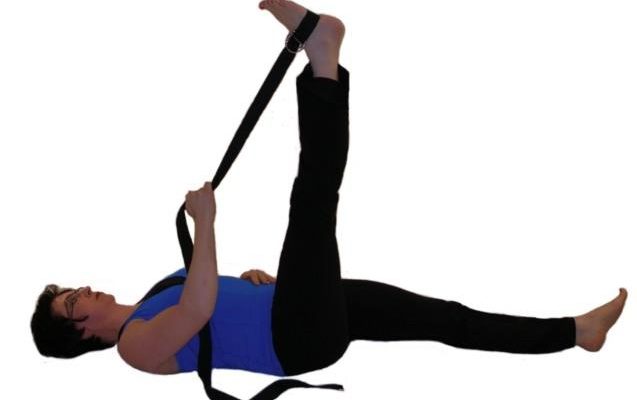The art of stretching!
Easiest And Best Way To Become More Flexible!
Happy hamstrings means a happy low back. Easiest and best way to become more flexible!. We need to understand, why we get tight in the first place!. All comes down to chronically shortened hamstrings that contribute to low back pain, knee pain and leg length differences. They can also restrict stride length in walking or running, can cause the quads to overworked. And are more susceptible to injury. Runners often have short, weak hamstrings. The gluteus maximus is a powerful hip extensor, therefore, it can be involved in low back pain, specially if its hypertonic (too tight), or if it’s weak or dysfunctional, as a result of injury, overuse, or lack of exercise.
Activation sequence
For example the normal muscle activation, sequence for hip extension, is initiated by gluteus maximus, with the assistance of biceps femoris (mid quad), and follow by the contraction of the low back muscle (to help stabilize the lumbar spine). If the normal contraction sequence is altered, the erectus spine will contract first, followed by gluteus maximus (see diagram of your lower body extremities below)and hamstrings. This pattern places excessive stress on the lumbar spine, which may lead to back pain. Here is the single fastest easiest and best way to become more flexible

How to stretch for tight hamstrings?
Stretch with a partner, this is an effective, general stretch for the hamstring, that increases hip flexion. The most common compensation during the hamstring stretch, is for the stretcher, to lift the hip off the table. This is usually an unconscious attempt to recruit the most powerful gluteus maximus to make up for weak hamstrings. By making sure that both hips stay flat on the table, we ensure that the hamstrings are isolated.
Position

1-The stretcher is supine. He lifts her leg with her knee straight. As high as possible. The partner’s job is to remain the stretcher to keep her knee straight as she lifts. This lengthens the right hamstrings to their pain-free end of range.
2-Position yourself to offer resistance to the isometric contraction of the hamstring. The stretcher must keep her hips flat on the table during the entire sequence. You may need to work with stretcher on body awareness, until she is able to stabilize her hip properly before performing the stretch.
3- Direct the stretcher to begin slowly to attempt to push her heel toward the table. Isometrically contracting the hamstring for 6 secons (push against me as if you are trying to put your heel on the table)
3- After the isometric push, the stretcher relaxes and inhales deeply, during this time maintain the leg in the starting position.
4- As she exhales the stretcher contracts the hip flexors (quads, psoas) to lift the leg higher, keeping her knee straight, this deepens, the hamstring stretch. As the stretcher lifts her leg higher, remain her to keep her knee straight.
5- Now move into the new position, to once again offer resistance.
6-Repeat 2 or 3 times!
Hamstring Stretch, Bent Knee, Supine, With partner

This is a better stretch for people with very short hamstrings. Once that have achieved more flexibility, you can use the straight leg stretch. The bent-knee position focuses the isometric effort, on the distal hamstrings, and can be used as an adjunct to soft tissue work in the area.
1- the stretcher lies supine and lifts her thigh to flex her hip to 90 degrees wit the knee bent.
2- Stabilize the thigh in this vertical position. while the stretcher straightens the lower leg as far as possible, withut pain. This lengthens the hamstrings to their pain free end of range.
3-Position yourself to offer resistance to the isometric contraction of the hamstrings , at the same time making sure that the stretcher, keeps her hips on the table. The stretcher must keep her hips flat on the table during the entire sequence. You may need to work with the stretcher on body awareness until she is able to stabilize her hips, before performing this stretch,
4-Direct the stretcher to begin slowly to attempt to push her heal toward the table, as if bending the knee, isometrically contracting the hamstrings for 6 seconds. (keep your thigh where it is, and try to bend your knee by pushing your heal toward the table)
5- After the isometric push, the stretcher relaxes and inhales deeply. During this time maintain the leg in the starting position.
6- As she exhales the stretcher contracts her quadriceps to straighten the leg farther. This deepens the hamstring stretch. As the stretcher straightens her leg, gently hold the thigh, in the 90-degree position.
Hamstring self-stretch, supine, with stretching strap

1-Lie on your back and lift your leg as high as possible, keeping your knee straight. Keep both hips flat on the floor during the entire sequence. You may bend your knee and rest your foot , flat on the floor instead of having your right leg outstretched, if this is a more comfortable position, use a towel or stretching strap wrapped around the arch of your foot , close to the heel to provide, resistance to the hamstrings contraction. The strap simply replaces the partner.
2- Begin slowly to attempt to push your left heel toward the floor, isometrically contracting the hamstrings for 6 secs. After the isometric push, relax and inhale deeply. During this time, maintain the leg in the starting position.
3-As you exhale, contract your hip flexors (quads and psoas) to lift your leg higher, keeping your left knee straight. This deepens the hamstring stretch. Do not pull on the strap to deepen the strech.
4-Repeat two to three times.
For questions on our flexibility programs, training for sports injuries and rehabilitation programs, please refer to our sister site by clicking here
0
